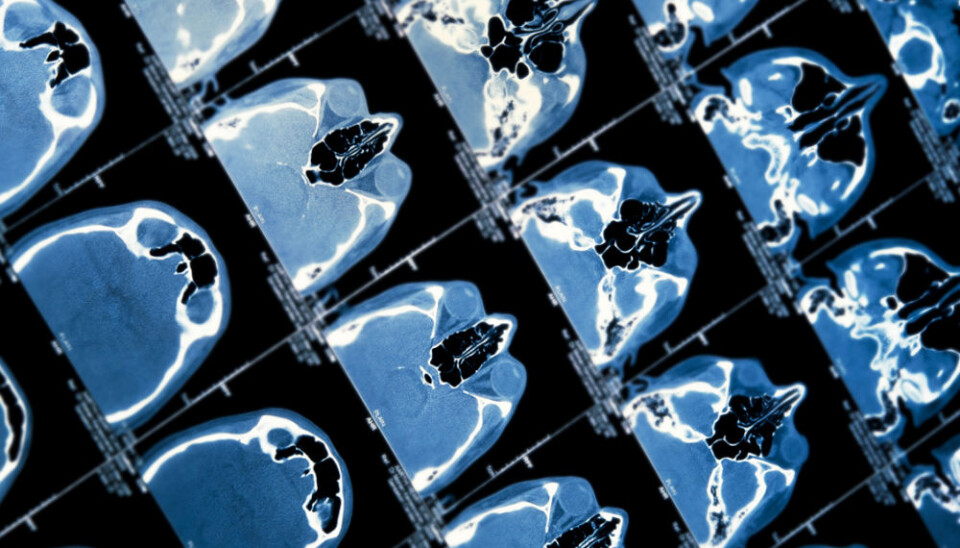
Increased risk of new cancer for cured patients
Recovered cancer patients have a greater risk of developing cancer again than people with no cancer history.
Cancer has many vicious faces, and if you’ve had cancer once, you are more inclined to develop a new cancer.
Recovered cancer patients are twice as likely to develop the exact same cancer again as people with no cancer record are to develop any specific cancer. On the other hand, the risk of developing other types of cancer than the one previously diagnosed is only slightly higher.
These are the main conclusions of an extensive new Danish study, published in the Canadian Medical Association Journal.
"Our main finding is that there is a greater risk of developing cancer if you have a previous cancer history than if you don't – and the risk of developing the very same disease is the greatest,” says co-author Dr Stig E. Bojesen of the Department of Clinical Chemistry at Herlev Hospital, Copenhagen.
Study draws on national population databases
We have approached this task with an open mind and have created a chart that covers the total population – we're not just looking at a few selected patients.
Several studies have shown that people who develop one type of cancer are also prone to develop a second cancer later on in life.
Up to now the most common method of determining which cancers are related has been to study different cancers in pairs. Researchers have for example estimated the risk of women with breast cancer later developing cancer of the ovaries or the lungs. According to Bojesen, the links that have been detected with these methods are based on studies of a small number of selected patients.
"We believe our method is significantly more relevant than in previous studies," he says. "For every individual in the Danish population, we have studied the correlations among all the 27 types of cancer at the same time." (see factbox)
The calculations indicated that patients who had survived one type of cancer were 2.2 times more likely to develop the very same type of cancer later in life than people with no previous record of cancer.
The risk of developing some other type of cancer later in life, however, was only 1.1 times greater than for people with no cancer history.
The study also revealed cancer types, including prostate cancer, where patients displayed a lower risk of developing a new type of cancer, compared to healthy people. This finding came as a big surprise to the researchers.
"The striking contrast between the two situations indicates that the patient's destiny is closely linked to genetic and environmental factors which are characteristic for just that person and that disease," says Bojesen.
Smoking usually linked to a single type of cancer
One of the environmental factors known to increase the risk of developing a variety of cancers is smoking. It is well-documented that smokers face an increased risk of developing various cancers such as bladder, lung and throat cancer.
The researchers wondered whether one specific cancer that is provoked by smoking would increase the risk of developing other smoking-related cancers.
"Much to our surprise, our study showed that the increased risk of developing other smoking-related cancers for patients with a previous smoking-related cancer history was only 1.2."
This means that the risk of developing lung cancer, for instance, is only marginally increased if you have previously been diagnosed with for instance bladder cancer, as opposed to if you have no previous history of bladder cancer.
The Danish researchers were also on the lookout for 'the absolute cancer risk', which is a measure of the probability of developing a particular form of cancer over the next five years. (see box below the article)
"The take home message is that the absolute risk of developing a new cancer within five years after the first cancer is two percent," says Bojesen. "This means that the absolute risk is not alarmingly high, and that's good news because this is the actual risk that the individual patient experiences."
Translated by: Dann Vinther













